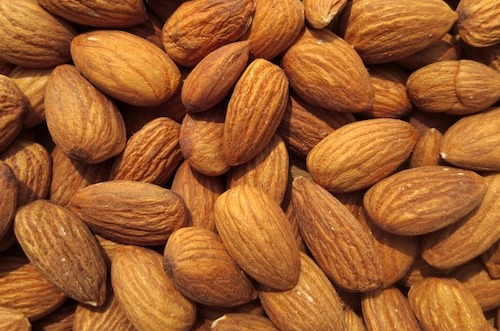W46 Almond Update: the US Witnessed Record-Low Almond Prices in 2022 and Expanding Spanish Almond Export Opportunities to China

Almond Prices Hit 20-Year Low in 2022 in the United States (US)
In W46 in the almond landscape, according to the United States Department of Agriculture (USDA), in 2022, tree nut prices, specifically for almonds, hazelnuts, and walnuts, reached their lowest levels in two decades after adjusting for inflation. Producers have not reduced almonds-bearing acreage, but prices have decreased since 2014 from a high peak of USD 4 per pound (lb) to USD 1.10/lb, an all-time low. The United States (US) almond industry faces challenges such as weather, higher input prices, and competition from other exporting countries.
Spanish Almond Export Authorization to China and Aid Measures in Catalonia Amid Global Challenges
China has authorized the first Spanish companies, Dcoop and Unió Nuts, to export almonds to the Asian market. This move follows a trade agreement signed between the two countries in Mar-23, allowing Spain to export around 50 thousand tons of almonds to China initially, with projections to reach up to 90 thousand tons by 2032, generating sales estimated at over USD 656.84 million (EUR 600 million). The approval marks a significant expansion opportunity for Spanish cooperatives, providing access to emerging Asian markets and diversifying from their primary exports to Europe.
Furthermore, in response to the drought and the impact of the war conflict in Ukraine, the Generalitat de Catalunya, Spain, has approved aid for stone and seed fruit, citrus, and nut farms. The aid aims to compensate agricultural holdings with areas of almonds, hazelnuts, pistachios, walnuts, and chestnuts. The beneficiaries eligible for direct aid from the Common Agricultural Policy (CAP) in the 2023 campaign will receive complementary aid per hectare (ha) based on the type of fruit tree, ranging from USD 100.71/ha (EUR 92/ha) for almond, pistachio, walnut, chestnut. The measures address the economic impact on the agri-food sector caused by the conflict in Ukraine and the worsening drought conditions due to climate change.


